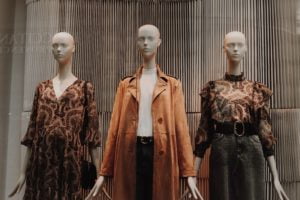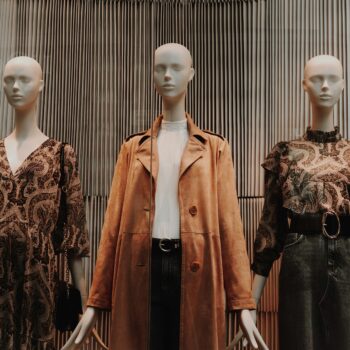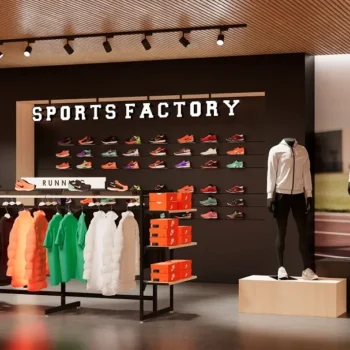The Value of Mannequins in Visual Merchandising
Visual merchandising is halfway between sales and art. Visual merchandising covers the entire range of practices involved in organising and displaying merchandise in a retail setting. The goal is to attract more customers and increase your retail store’s revenue.
Attractive retail stores all have the same basic pieces of displays in common. More specifically if you are working in the fashion or textiles sector. Retail displays including clothing racks and cabinets, display tables, display plinths and a mannequin for sale are among the most common.
If you have walked past a shop window during the festive season, you would have come across an integral mannequin display. The purpose of these shop displays is to draw customers’ attention to the products on the display.
Introduction to Visual Merchandising
The arrangement and display of merchandise in retail stores is a basic concept of visual merchandising. However, the impact of merchandising goes deeper than just store layouts.
The AIDA sales method describes the process of first grabbing attention, and how this translates into interest, desire and action. As you can see, visual merchandising (attention) sits at the very top of this funnel. Your visual displays in your store are your first point of contact with a customer. If they’re compelling enough, then they frequently lead directly to a sale.
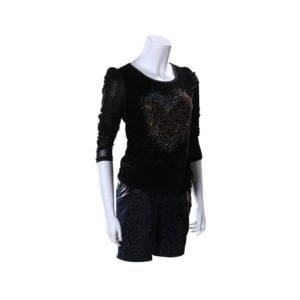
The Role of Mannequins in Retail
Mannequins provide a humanising element to the display of clothing and fashion accessories. The elegant dimensions of mannequins provide a human form to hang your items. Retailers then place these styled mannequins near the stock to increase the sales of this item. These mannequins help the customer visualise what the garment will look like on themselves.
The proportions of the mannequin mean that your product display can act as a static fashion inspiration. These displays give the customer guidance and inspiration for ways to style the garment. This can have a similar effect as looking through a fashion magazine.
Over time, mannequins have developed with the increase in technology. Retailers now have access to a wide variety of mannequins that have an array of dynamic styles and postures. Many different materials can be used to make mannequins, so they can come in many different styles and colours to help you get one that matches your store’s aesthetic.
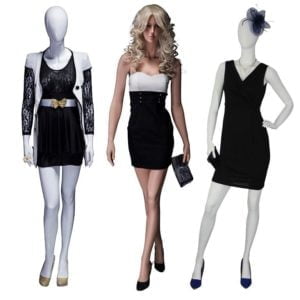
Mannequins, Bodyforms or Torsos?
There are three broad categories for mannequins: standard mannequins and torsos, body forms, and bases.
Standard
Standard mannequins are the full figure that is the closest resemblance to a complete human form. The use of these mannequins in visual merchandising provides the most ROI. These mannequins show the consumer how a garment falls on an entire figure.
Retailers are able to style these mannequins into different postures, helping customers humanise the display. A study conducted by IJAEM found that 73% of the respondents used mannequins to envision a new sense of lifestyle.
Bodyforms
Bodyform displays include the body with the arms, torso, and neck, ending at the upper thighs. These display figures often do not have heads and sometimes can feature no arms as well. These represent the upper half of the human figure. Retailers use these displays when they want a wider variety of customers to relate to the display.
This approach can increase the display effect as customers view the full-body mannequin as the ideal body type. This outlook can negatively impact their perception of themselves in the garment, leading to less sales. Therefore the bodyform displays are better suited to displaying swimsuits and under garments.
Torsos
The last form of a mannequin display is the mannequins referred to as a torso display. Torso displays are figures that only feature the torso figure of a person. These display figures do not feature any arms, legs, or neck with their figure.
Within these categories are further subcategories such as realistic or abstract styles, freestanding or hanging, adult or child. These categories further have a wide variety of materials, patterns and details to choose from.
Mannequins break visual repetition and make your window displays more dynamic. When positioned in clever ways, mannequins draw more attention to the merchandise around them.
Mannequins do not only benefit the retailer. Customers want to imagine themselves genuinely using and interacting with your products. By posing your mannequin you are able to create a more relatable element for your merchandise. This creates an allure to the product and increases the customer’s interest.
If you’re in need of inspiration, check out these window displays by Bergdorf Goodman in New York. The Christmas displays at Harrods, Harvey Nichols, Liberty London and Selfridges are great examples of seasonal displays to draw customers in.
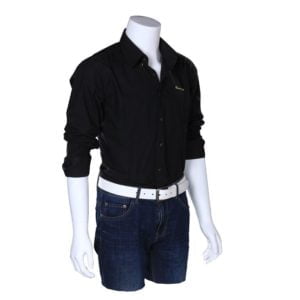
Invest in your Retail Displays
Apex Display works with a variety of retailers to create effortless, functional interior spaces that display products at their best. Our wide range of mannequins, body forms, and torsos will surely offer something that fits your requirements. Get in touch today to discuss the possibilities.




